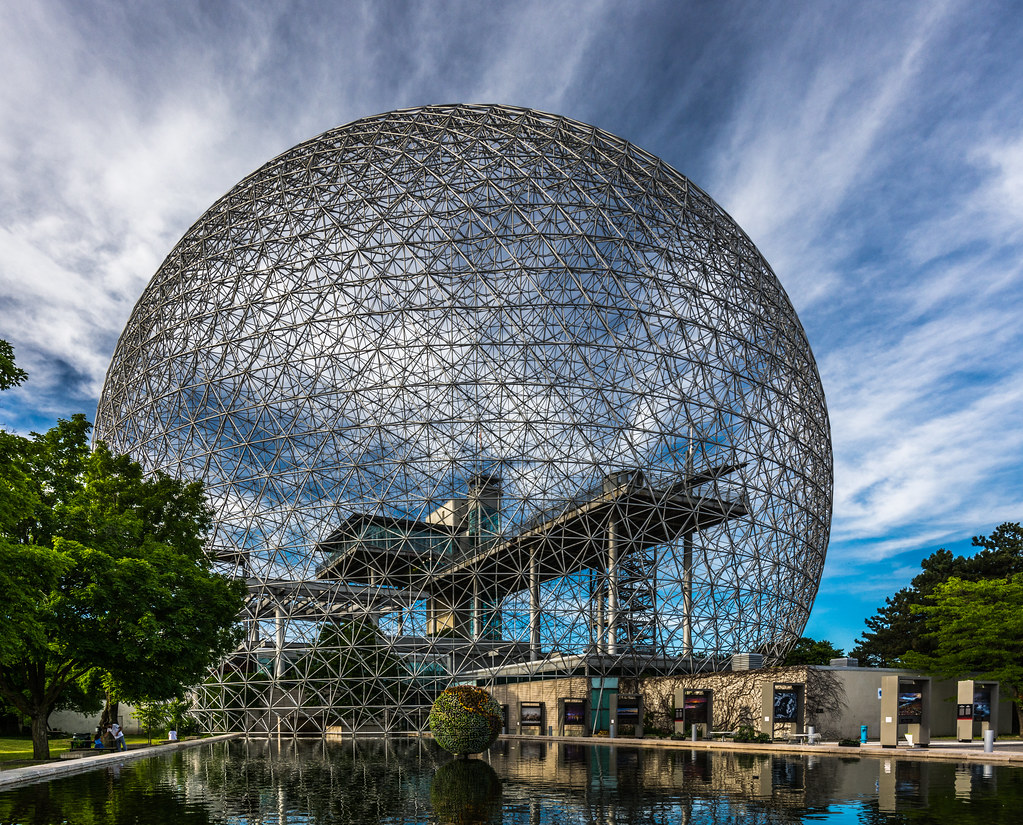- Home
- Articles
- Architectural Portfolio
- Architectral Presentation
- Inspirational Stories
- Architecture News
- Visualization
- BIM Industry
- Facade Design
- Parametric Design
- Career
- Landscape Architecture
- Construction
- Artificial Intelligence
- Sketching
- Design Softwares
- Diagrams
- Writing
- Architectural Tips
- Sustainability
- Courses
- Concept
- Technology
- History & Heritage
- Future of Architecture
- Guides & How-To
- Art & Culture
- Projects
- Interior Design
- Competitions
- Jobs
- Store
- Tools
- More
- Home
- Articles
- Architectural Portfolio
- Architectral Presentation
- Inspirational Stories
- Architecture News
- Visualization
- BIM Industry
- Facade Design
- Parametric Design
- Career
- Landscape Architecture
- Construction
- Artificial Intelligence
- Sketching
- Design Softwares
- Diagrams
- Writing
- Architectural Tips
- Sustainability
- Courses
- Concept
- Technology
- History & Heritage
- Future of Architecture
- Guides & How-To
- Art & Culture
- Projects
- Interior Design
- Competitions
- Jobs
- Store
- Tools
- More

Table of Contents
ToggleWhat are Biodomes?
Biodomes are a type of architectural structure that is designed to simulate natural environments and can be used to provide shelter from extreme weather. They are often used in urban areas as green spaces, or for research purposes. Biodomes provide an interesting way for architects to design structures that blend in with their natural surroundings.

Biodomes are typically made up of several components including an airtight structure, insulation materials, and a variety of plants and animals that help create the desired environment. The design of biodomes is complex and requires careful consideration of the climate, terrain, and other factors that will affect the structure’s performance. Architects must also consider how the biodome will interact with its surroundings in order to ensure it blends in with its environment seamlessly.
Biodomes are structures that have been designed to replicate the natural environment of a specific ecosystem. They are often used in architectural design to create an enclosed space in which plants, animals and other organisms can thrive. Biodomes are becoming increasingly popular in urban areas, as they provide a unique way to bring nature into the city. By utilizing biodomes in architectural design, we can create buildings that are more resilient to climate change and have less of an impact on the environment. Biodomes also provide an opportunity for people to explore new ways of living that can help reduce our carbon footprint.

As cities confront rising temperatures, pollution, and declining green spaces, biodomes can play a crucial role in improving urban health. The controlled ecosystems inside these structures can help lower carbon levels, stabilize humidity, and introduce cleaner air into densely populated areas. By acting as climate buffers, biodomes contribute to environmental resilience while offering restorative natural spaces that enhance mental wellbeing and foster a stronger connection to ecological cycles.
Biodomes as Urban Educational Ecosystems
Beyond their environmental benefits, biodomes foster community engagement and education. Many facilities offer visitors the chance to observe ecosystems up close, learn about sustainable technologies, and participate in conservation projects. By creating a deeper connection between people and nature, these structures act not only as shelters for biodiversity but also as hubs for environmental awareness. As cities continue to expand, biodomes serve as a reminder of the delicate balance between the built environment and the natural world it depends on.

Environmental & Social Benefits of Biodomes
Biodomes deliver significant environmental benefits by acting as self-contained ecosystems that help restore biodiversity. They support endangered species, promote pollinator habitats, and maintain climate stability within controlled environments. In dense urban developments where vegetation is limited, biodomes can dramatically improve air quality, reduce heat island effects, and offer ecological resilience against climate change. Beyond their environmental function, biodomes also serve cultural and social purposes. By providing access to immersive natural environments, they create opportunities for public recreation, environmental education, and scientific research. Many biodomes become architectural icons and eco-tourism destinations, fueling local economies while nurturing a greater collective environmental consciousness.

Designing Biodomes
Buckminster Fuller’s fascination in modularity, structural integrity, and material economy led to the development of biodome structures. He recognized the need of these characteristics for a lasting and straightforwardly reproducible action in the 1960s.
In biodomes, the connections between Fuller’s intricate design and issues with global sustainability are revealed. Over the years, the spherical shape and intricate structural structure of biodomes have been appropriated on various dimensions. One of his most famous works is the Montreal Biosphere, which served as the US pavilion at the 1967 World Expo.
The Eden Project, which was constructed in 2001 in the United Kingdom and is home to the biggest biodome greenhouse in the world, is a fantastic example of a biodome.

Since the UK Eden Project was so successful, the idea has become a “brand,” and more than 10 “Eden constructions” are currently being planned for various locations across the globe.
In addition to duplicating biomes, biodomes are also used to mimic conditions that are so severe that they need modeling the atmospheres of other planets due to its primary characteristic of permitting the formation of an environmental atmosphere wholly distinct from the surroundings. BIG in the UAE is taking on a risky undertaking with the Mars Science City. It will be the largest space simulation city ever constructed, with a 1.9 million square meter biodome, and serve as a “feasible and realistic model” of human occupancy of the Martian terrain.
Challenges and Limitations of Biodomes
While biodomes offer vast potential, their design and operation are not without challenges. These structures frequently demand high initial investment and ongoing maintenance, especially in regions where artificial climate control is energy-intensive. Biological imbalances can arise if flora and fauna do not adapt well to enclosed environments, requiring careful monitoring to prevent ecosystem collapse. Additionally, there are concerns about accessibility and long-term sustainability—whether biodomes may become exclusive spaces rather than integrated public amenities. Architects and engineers must therefore balance innovation with practicality, ensuring that biodomes remain environmentally responsible and socially inclusive solutions rather than costly architectural experiments.

Technological Innovation in Biodome Design
Advances in digital modeling and environmental engineering are transforming the way biodomes are designed. Today’s architects can simulate air flow, humidity, soil composition, and sunlight exposure long before construction begins, ensuring that the interior ecosystem can thrive with minimal energy consumption. Renewable resources such as solar power, passive ventilation systems, and rainwater harvesting are becoming standard features, reinforcing biodomes as practical demonstrations of sustainable design rather than futuristic concepts.
Another emerging trend is the integration of smart monitoring systems within biodomes. Sensors embedded throughout the structure continuously track temperature, soil moisture, air quality, and plant health. This data provides architects and scientists with valuable feedback to optimize the habitat and ensure long-term ecological balance. As artificial intelligence and automation continue to advance, future biodomes will become more adaptive—capable of regulating their own environments and responding dynamically to both internal and external changes.

In addition, biodomes are being utilized to bring tropical weather and vegetation to Iceland’s harsh climate. The Aldin Biodomes will provide locals and guests with a tropical haven and a year-round social hub, increasing wellbeing throughout the area’s gloomy winter. It is important to keep in mind the benefits of geodesic domes if you’re wondering why they adopted the same form pattern in various circumstances and climates. Its triangulated surface, which offers a naturally stable framework and a resistance to external elements like earthquakes and wind, and can support up to 20 tons per point of the structure, is what gives it its structural strength.

The Future of Biodome Architecture
Looking forward, biodomes are poised to become crucial components of urban adaptation strategies. As cities face intensifying climate instability, biodome technology may evolve into essential protective habitats—places that safeguard food production, clean air, and water security. AI-driven environmental regulation systems will enable these structures to adjust temperature, humidity, or CO₂ levels autonomously, creating optimized conditions for both people and ecosystems. Researchers are exploring floating biodomes, vertical biodome towers, and extraterrestrial applications for future colonies on Mars or the Moon. The merging of architecture, ecology, and technology positions biodomes not only as visionary experiments but as realistic solutions for sustaining life in the decades to come.

Conclusion
Biodomes demonstrate how architecture can evolve beyond traditional forms to become an active participant in environmental stewardship. By replicating natural ecosystems within controlled enclosures, they contribute to ecological preservation, public education, and future-driven research initiatives. Although they present technical and financial challenges, ongoing innovation in sustainable materials, automated climate regulation, and ecosystem monitoring continues to push the boundaries of what these structures can achieve. As urbanization accelerates and climate risks intensify, biodomes offer a compelling vision of how humanity can coexist with nature—protecting biodiversity while improving the quality of life for future generations. Their continued development will play a meaningful role in shaping resilient cities and redefining our relationship with the natural world.
Submit your architectural projects
Follow these steps for submission your project. Submission FormLatest Posts
The Ultimate Guide to Fencing in North Dakota: Choosing the Best Fence for Your Property
Watching a chain link fence twist in 70 mph winds near Minot...
Gaudí: Where Architecture Meets Science
Gaudí: Where Architecture Meets Science shows catenary arches, ruled surfaces, and biomimicry...
How Housing Market Forces Shape Architectural Design Today
Architecture never exists in isolation. Buildings rise from a mix of ambition,...
Why Portable Formaldehyde Gas Detectors Matter on Construction Sites
As construction practices shift toward more enclosed and material-intensive environments, the risk...












Leave a comment